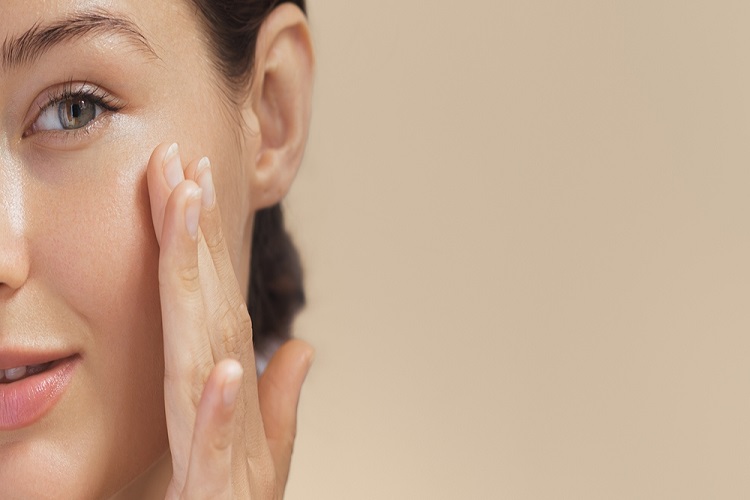Piles, otherwise known as haemorrhoids, are a common health condition that will affect up to an estimated 80% of individuals at least once during their lifetime. While this malady often does not require medical intervention, there are instances when treatment may demand more than a home remedy.

What Are Piles?
Piles or haemorrhoids are the result of the blood vessels in or around the anus and/or rectum becoming swollen and inflamed. Piles may fall into one of the below categories:
- Internal
- External
With internal piles, the haemorrhoids are not visible and cannot be felt by an individual. They typically do not hurt as there are few pain-sensitive nerve endings within the rectum. Bleeding is typically the only sign that one may have internal piles.
External piles are much more obvious and are the cause of greater discomfort. This type of pile can be seen and felt, typically during or after passing stool. At times blood clots can form if the external pile prolapsed, resulting in “thrombosis,” a painful condition that also causes the pile to turn purple, blue, and possibly bleed. Though often concerning, this type of pile does typically resolve itself within a week’s time.
When to Call a Doctor?
For the most part, piles will come and go with minor discomfort and individuals can continue on with their regular lives. However, there are some instances in which a doctor should be called for further examination and treatment for piles:
- Signs of Bleeding
Anytime there is a sign of bleeding, your doctor should be called. Bleeding may not only be the result of piles, but it can also be the result of a more serious health condition (such as colorectal cancer).
- A Non-Painful Lump
External piles are uncomfortable at best and are often painful. If what you are experiencing is a non-tender bulge of lump near or on the anal opening, your doctor should be called for further examination.
- Ongoing Moderate Rectal Pain
Piles typically resolve themselves within three to seven days depending on the severity of the condition. If after a week of home treatment the pain is not going away, pay a visit to your doctor.
- Severe Pain at Any Time
Piles are by no means comfortable, but they should not be severely painful or incredibly swollen. In either of these instances, a professional examination is in order.
- An Inner Lump Becomes Larger or More Painful
Piles tend to remain the same size and then shrink or reduce with treatment. Those with a lump inside the anus which continues to grow or becomes tenderer should seek medical help.
- Bulging Tissues
If what you are experiencing is tissue from inside of the body which is bulging from the anus, you may be suffering from prolapsed internal haemorrhoids. However, if after three to seven days of regular home treatment the tissue continues to bulge and doesn’t return to normal, place a call to your doctor for further examination.









Comments